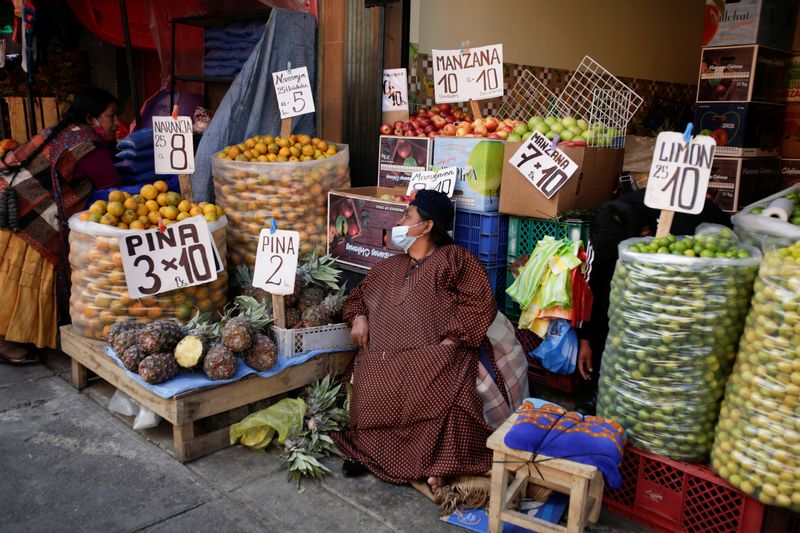Bolivia relies on gas in the economy
2022.12.29 06:49

Bolivia relies on gas in the economy
Budrigannews.com – According to the economy minister, Bolivia is planning an “aggressive” push into gas exploration despite deficit risks. The country is committed to safeguarding its subsidy-reliant, big-state economic model.
The landlocked nation subsidizes the gas industry to control fuel prices and boost goods and services production. It is a major gas producer. As a result, annual inflation has dropped to 3%, one of the lowest rates in the world.
However, gas production has decreased, and exports have decreased, despite no new discoveries in years.
Economy Priest Marcelo Montenegro said the public authority has planned “an exceptionally forceful investigation plan” for gas in 2023, yet didn’t delve into subtleties.
Customers have been admonished by rating agencies regarding the deficit and declining reserves of the nation. Reserves are expected to reach $4 billion, and the deficit is anticipated to end the year at 8.5% of GDP.
Montenegro said in an interview at his office in La Paz, “Our deficit could reach 1 or 1.5 percent if we eliminate public investment… but the immediate consequence would be that it would hit growth.” He also said the government planned to reduce spending and increase revenue.
The government expects to reduce the deficit by about 7.5% by 2023. The economy of Bolivia is expected to expand by almost 5% this year and 5.1% in 2022.
The Bolivian government additionally hopes to consent to arrangements with organizations one year from now for Direct Lithium Extraction (DLE) innovation. In order to position itself in the lithium market before 2025, it intends to accelerate the industrialization of the sector.
Montenegro stated, “It is not easy, because there are contracts that will last for years, even decades… We have to push so that Bolivia keeps more profits.”
According to official data, Bolivia will expend at least $4 billion in public investment in 2023 to support the agricultural, energy, mining, and infrastructure sectors, among others. External financing will account for a portion of that amount, and the issuance of debt bonds worth up to $2 billion is being considered.
According to Napoleon Pacheco, an economist at the Milenio Foundation, the fundamentals of the Bolivian model “are weak or about to break” because of the country’s high deficit.
More Russia’s manufacturing activity grew in December
Pacheco stated, “I think the government may have a way out, which is to contract external credit from international financial organizations, which always have lower rates and longer terms.”
The Ministry of Economy says that Bolivia’s debt is 46 percent of GDP, which is below what international organizations want, so the country still has the ability to take on debt.








